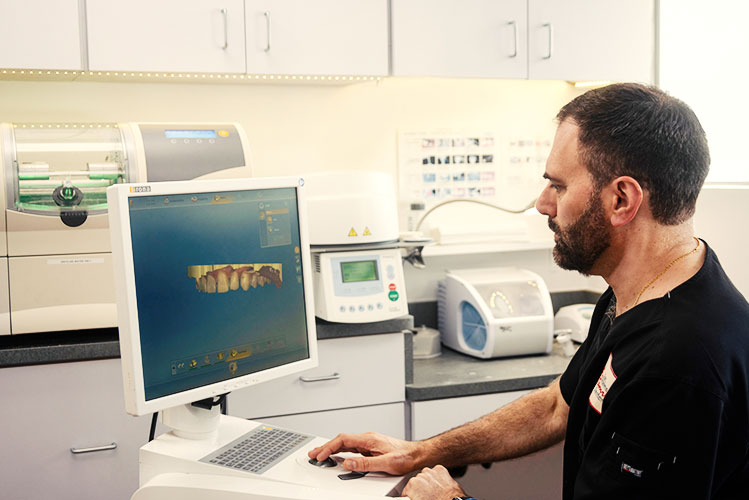A dental crown is a “cap” or a “cover” that is shaped like a tooth that dentists use to cover the tooth of a patient to protect it from any damage and improve the way it looks. It is one of the ideal ways to fix a broken tooth. A dental crown would help you in a variety of situations to have a healthy-looking set of teeth.
Following are some of the possible reasons why you would want to opt for a dental crown:
- You want to restore a broken tooth that has worn down considerably.
- You have a large cavity to fill and need support with a cap to hold the filling.
- You want to cover discolored or badly shaped teeth so your smile can shine.
- You want to protect a tooth that is weak from further breaking down.
- You want to keep a dental bridge in place or cover a dental implant.
- Protect your child’s teeth from the high risk of decay and damage. Pediatric dentists recommend stainless steel crowns in such situations.




